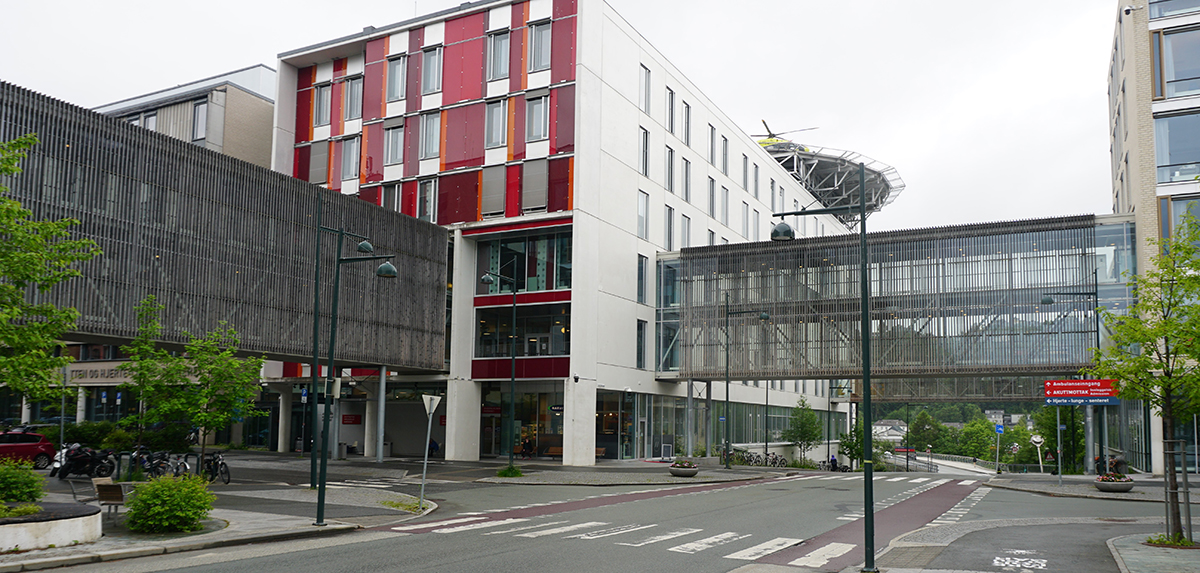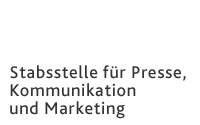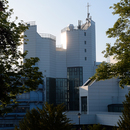Executive Department for
Press, Communication and Marketing
Adolf-Reichwein-Straße 2a Gebäude AVZ (Gebäudeteil AR-NA) 57068 Siegen
Phone: +49 (0)271/740-4915 Fax.: +49 (0)271/740-4911 E-Mail: presse@uni-siegen.de
What Germany Can Learn from Denmark and Norway
Prof. Claus Wendt, a public health sociologist at the University of Siegen, is studying how institutions and other actors in the health field can work together to achieve better service and care. He is comparing and contrasting Germany with Norway, Denmark, Sweden, Iceland, and Great Britain to highlight what these countries can learn from one another.
How much progress has Germany made in digitizing its health care system when compared with the Scandinavian countries, Iceland, and Great Britain? Which organizational units work effectively together in these countries? And which areas offer the greatest potential for better patient care? These are some of the questions that Prof. Claus Wendt, a public health sociologist at the University of Siegen, is exploring with his team in northern European countries. The research project, entitled “Structural Conditions for Health Care and Public Health Measures at the Local Level,” has received over 350,000 euros in funding from the German Research Foundation (Deutsche Forschungsgemeinschaft / DFG). The international comparison includes Germany, Great Britain, Sweden, Norway, Denmark, and Iceland. The project is scheduled to run from 2022 to 2025.
Wendt's team is conducting expert interviews with figures from the health care field, including hospital directors, nursing staff, and patient discharge managers at clinics. To achieve the most authentic and varied views possible, Wendt is also traveling to the countries he is studying, to observe processes, communication, strengths and weaknesses firsthand.
He and his research team are seeking to determine, for example, what happens to patients after they are discharged from stationary treatment at the hospital. Wendt describes the typical process for such cases in Germany: “A patient in Germany looking to secure a follow-up appointment with a specialist will often have to keep redialing their phone until their fingers bleed.” Appointments are often available only after a year, and in some cases nowhere near where the patient lives. The situation in Denmark is quite different: After discharge from stationary care, a digital search for free appointments for follow-on treatment is made on the patient’s behalf. All information is noted within a digital patient file. The various threads come together at the general practitioner's practice.
Wendt is exploring how the various organizational units—including GPs, specialists, hospitals, and in-patient care facilities—are structured, and how they work together. Germany's large cities typically feature several hospitals and in many cases a university clinic. There are also usually medical specialists, general practitioners, and in-patient treatment facilities for the elderly distributed around the city.
 In Norway's Trondheim, for example, Wendt visited the central university clinic and conducted interviews to understand how the structures there differ so vastly from those in Germany. The clinic serves as the central hospital for Trondheim—a city of roughly 200,000 inhabitants—and is only supplemented by a few other in-patient facilities. The uni clinic offers both in-patient and outpatient specialist care. Beyond this, health care centers have been established in the individual city districts, with 30 to 60 persons from various health care disciplines providing centralized care. One commonly finds physicians, professional nursing staff, and specially trained nurse practitioners there. These latter figures are nurses with greater freedom to authorize medical treatments. Inpatient care for the elderly is also offered. “Bridges link the individual building wings,” Wendt notes of the architecture. “That means that the various wards and specialists are all integrated into the design of the building itself. The communication paths are thus kept short.”
In Norway's Trondheim, for example, Wendt visited the central university clinic and conducted interviews to understand how the structures there differ so vastly from those in Germany. The clinic serves as the central hospital for Trondheim—a city of roughly 200,000 inhabitants—and is only supplemented by a few other in-patient facilities. The uni clinic offers both in-patient and outpatient specialist care. Beyond this, health care centers have been established in the individual city districts, with 30 to 60 persons from various health care disciplines providing centralized care. One commonly finds physicians, professional nursing staff, and specially trained nurse practitioners there. These latter figures are nurses with greater freedom to authorize medical treatments. Inpatient care for the elderly is also offered. “Bridges link the individual building wings,” Wendt notes of the architecture. “That means that the various wards and specialists are all integrated into the design of the building itself. The communication paths are thus kept short.”
The comparisons will be used to create a homepage with photos and videos to provide a comparative overview, best practice examples, and action step recommendations. This information is intended to reach political decision makers and hospital directors—i.e., the people who have the organizational power to make real changes to structures and processes.
Contact:
Prof. Claus Wendt
Sociology of Health and the Healthcare System, University of Siegen
Email: wendt@soziologie.uni-siegen.de


